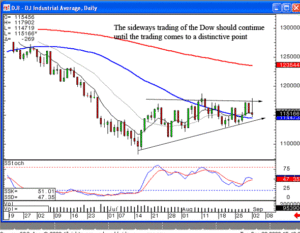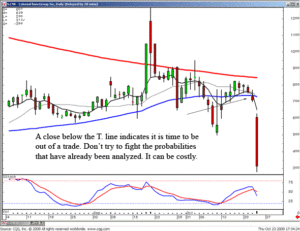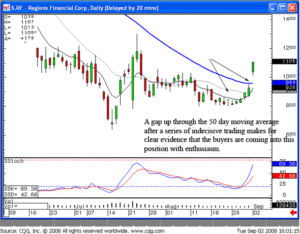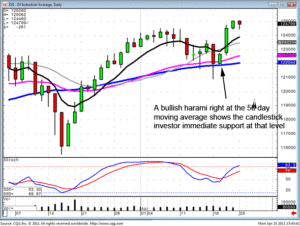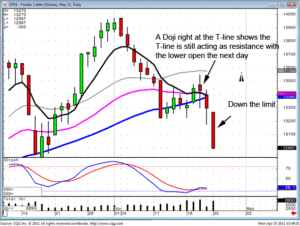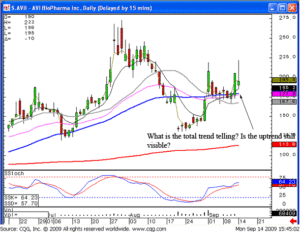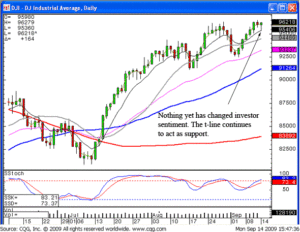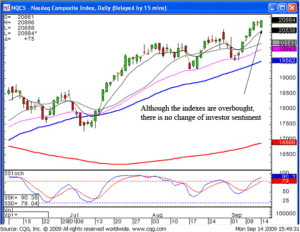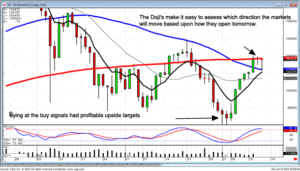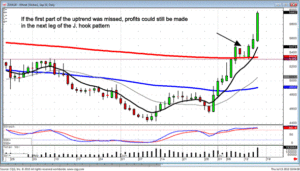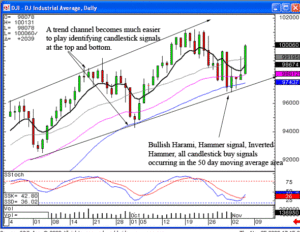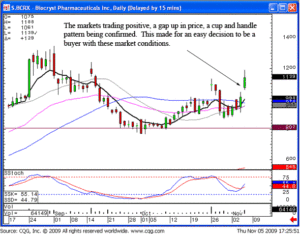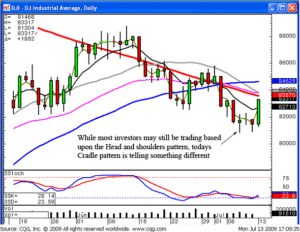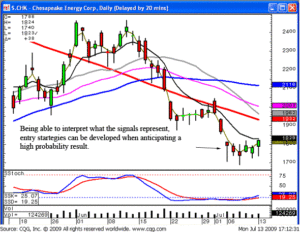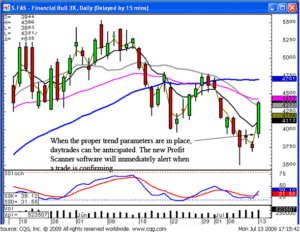The center of the United States economy is Wall Street where every large company in the U.S. and around the rest of the world is traded on a stock exchange. This article explains to new investors who want to learn how the stock market works what the stock market is all about.
Buying Shares of Stock
When you decide that you want to own stock in a company you must buy shares of stock in that company. Companies that go public allow people to buy shares of their company and therefore these shareholders control the corporation. You cannot buy stock in privately held corporations. Luckily most of the large corporations are publicly held so we can buy from them. The other idea is to find a newer company that is growing very fast to invest in.
Brokers
Once you learn how the stock market works, and you are ready to invest, you need to find a stock broker. A broker is the only person who can make an order to buy or sell stocks. In addition to a stock broker, who researches investments, helps makes goals, and gives investing advice, you can also use a discount broker. A discount broker does not offer advice, does not do research, but instead only makes the transactions that you request. Discount brokers are designed for more advanced traders. Once you put in your order, the brokers discussed above, relay that order to the floor brokers. The floor brokers are responsible for selling and buying stock and they hold a seat on the actual exchange. Once they complete a transaction, the floor broker then reports his trades through computers and then reports back to his firm that he either bought or sold the particular stock.
Types of Orders
Three types of stock orders that a broker can place include the market order, the limit order and the stop order. Once you learn how the stock market works, you can then work with a broker to determine the stock orders that work for you. The market order is the most basic and it happens when a customer asks his or her broker to buy or sell a particular stock at the best price available. The limit order takes more research and requires that the broker trade only when the stock is at a certain stock price or better. The stop order is when the broker is told to sell shares if the stock drops too low, and the price must be specified to the broker so they know exactly when to pull out. This order can save a lot of money for the investor when trading stock.
There is a lot of additional information available for each new investor to learn how the stock market works. It is the information age and more information than you could ever imagine is at your fingertips. Continue to read about the stock market game, and make sure that you acquire the knowledge and education needed to trade successfully in the stock market.
